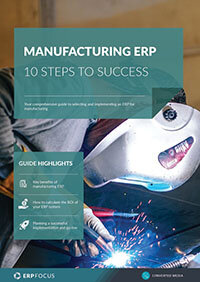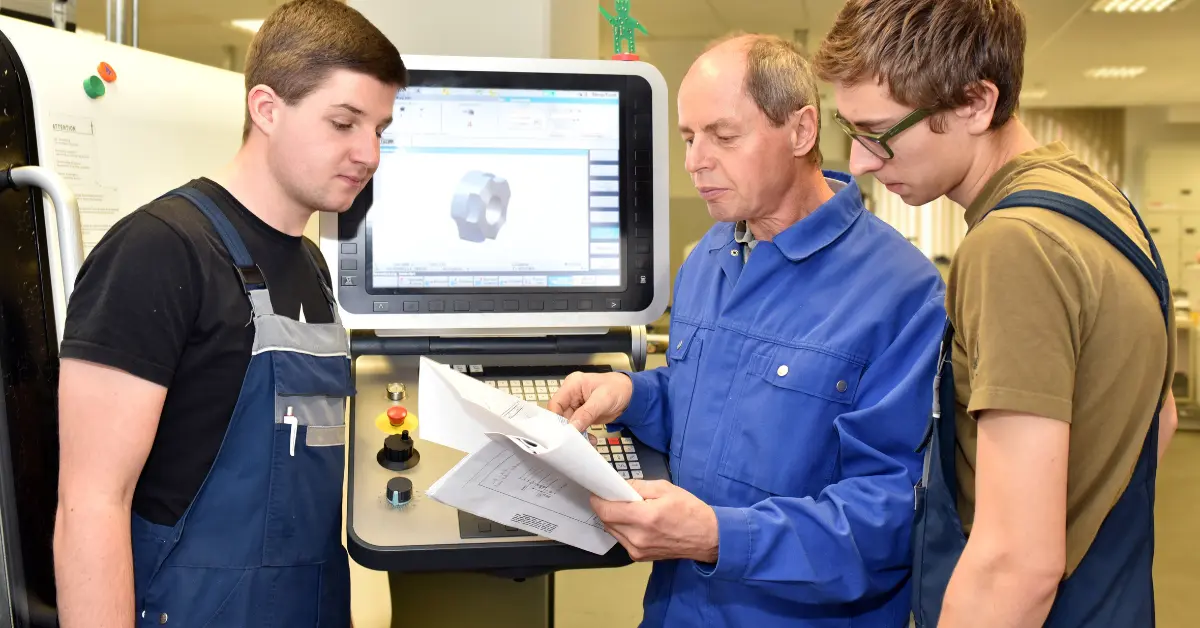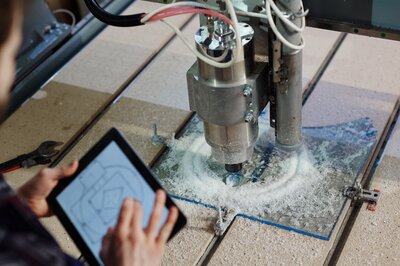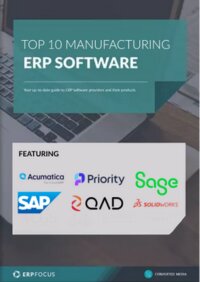How to Manage Internal Logistics Using Your ERP Software
Logistics is about the physical flow of materials. ERP is about optimizing the resources of a business and materials are key resources of most businesses. Let’s look at internal ERP logistics today.
Some people don’t think of internal movements as logistics but we have materials in a storage area. We use those materials in a production area. Then we store the materials again in a finished goods area. There is definitely a flow and we have to use ERP logistics to optimize this flow.
ERP gives us the data to measure inventory turns and that is a good starting point. We ought to look even deeper into where we can optimize ERP logistics. Where are materials stored? Are they in a stock room away from production? How long does it take and how much effort is needed to get the materials to where they will be used? Do we kit batches of material for production runs or do we have a single-piece flow? Do we stock just enough material or do we carry large stores based on some economic order quantity? Does our production process complete just as needed to ship out to our customer or do we carry finished goods inventory.
Rearranging the Furniture
ERP logistics can support us whatever choice we make. If we reduce or eliminate reorder points and lot sizes, the suggestions to purchase materials will be reduced and inventory will fall. We can use kanbans to signal moves from stage to stage in our production process. Does our routing allow us to avoid bottleneck resources except when they are the only resource that will work?
Other choices do not involve ERP directly but can improve logistics. VMI works well in some processes. Our supplier tracks our usage of some materials and provides us with enough to support our production. Sometimes they will supply materials on a consigned basis to help our working capital requirements.
An ideal plant will have materials entering one door and flowing through the building to exit at a different door at the end of the process.
An ideal plant will have materials entering one door and flowing through the building to exit at a different door at the end of the process. Can we rearrange our furniture or are we locked into an old-fashioned functional layout?
As part of our ERP logistics management, we should track inventory continuously and get rid of unneeded materials when customer orders change or material items are replaced by improved items. We should track overproduction continuously. Our quality process should track the reasons for any rework and point us in the right direction to avoid the problems in future production.
If possible, we should aim to produce only for specific customer orders and not to inventory waiting of hoped-for orders. Measure throughput. How much time is needed from the moment we touch the first component material to the moment we place a finished product in the delivery van? Work hard to keep that time as short as possible. This is good logistics and an excellent use of our ERP.
Free white paper

Manufacturing ERP: 10 steps to success
Complete step-by-step guide to manufacturing ERP software

Featured white papers
Related articles
-

4 training tips for manufacturing ERP success
These four training tips will help your employees get the most out of your new manufacturing ERP ...
-

CMMC Compliance: What Aerospace and Defense Manufacturers Need to Know
Key insights on CMMC compliance, deadlines, and securing DoD contracts with CMMC 2.0 certificatio...
-

ERP for make-to-order manufacturing
How can ERP help your make-to-order manufacturing business thrive?



